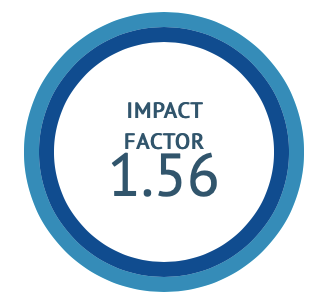Seasonal Preventive effect of Samshamani vati over Ritu-Haritaki on disorders of Varsha Ritu (monsoon) w.s.r. to Quality of Life (QoL) - a Comparative Clinical Study
DOI:
https://doi.org/10.47552/ijam.v16i2.5677Keywords:
Samshamani vati, Ritu Haritaki, Varsha Ritu, WHO-QOL, RitucharyaAbstract
Introduction: Seasonal changes can lead to dosha imbalances, increasing illness vulnerability. Samshamani Vati (SV), containing Guduchi Satva, is a monsoon-specific prophylactic that enhances Agni and reduces the occurrence of common colds, coughs, and fever. This study was designed to compare the effects of Samshamani Vati over Ritu-Haritaki in preventing diseases during Varsha Ritu (monsoon). Aim: To study the effect of Samshamani vati over Ritu-Haritaki in preventing diseases of Varsha Ritu in the participants. Materials & Method: A randomised controlled trial was conducted with 60 healthy volunteers prone to monsoon-related illnesses. Participants were divided into two groups: Group A received Haritaki Churna (3g) with Saindhava Lavana (1g) & Group B received Samshamani Vati. Both groups took their respective formulations once daily on an empty stomach with warm water for 60 days. Baseline and post-treatment evaluations were performed on days 0 and 60, measuring Total Leukocyte Count (TLC), Differential Leukocyte Count (DLC), Erythrocyte Sedimentation Rate (ESR), and WHO Quality of Life (WHO-QOL) scores. Results: Group B (SV) demonstrated a significant reduction in seasonal disorders and symptoms in 60% of participants, with improved WHO-QOL scores (p<0.05). Conclusion: Samshamani Vati showed significant efficacy over Ritu-Haritaki in reducing disease incidence during Varsha Ritu.
Downloads
Published
How to Cite
Issue
Section
License
Copyright (c) 2025 International Journal of Ayurvedic Medicine

This work is licensed under a Creative Commons Attribution-NonCommercial-ShareAlike 4.0 International License.
The author hereby transfers, assigns, or conveys all copyright ownership to the International Journal of Ayurvedic Medicine (IJAM). By this transfer, the article becomes the property of the IJAM and may not be published elsewhere without written permission from the IJAM.
This transfer of copyright also implies transfer of rights for printed, electronic, microfilm, and facsimile publication. No royalty or other monetary compensation will be received for transferring the copyright of the article to the IJAM.
The IJAM, in turn, grants each author the right to republish the article in any book for which he or she is the author or editor, without paying royalties to the IJAM, subject to the express conditions that (a) the author notify IJAM in advance in writing of this republication and (b) a credit line attributes the original publication to IJAM.




